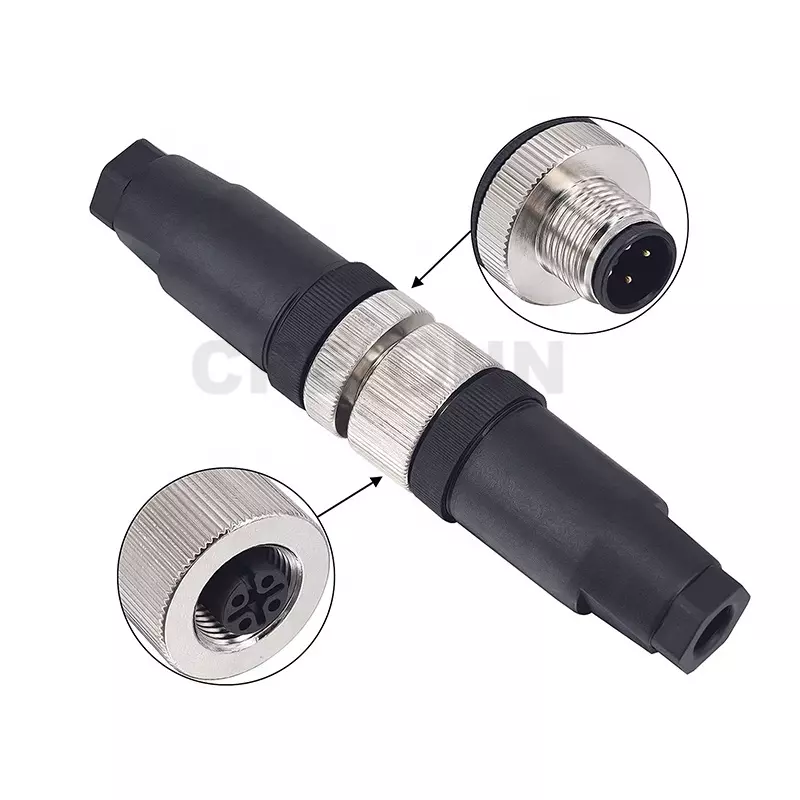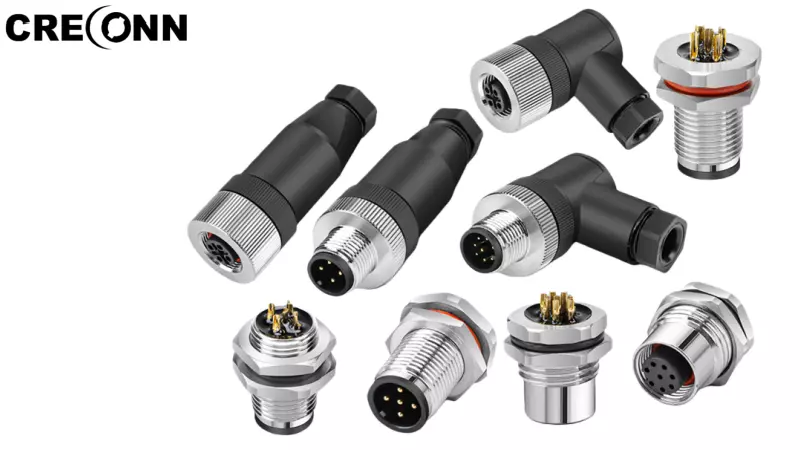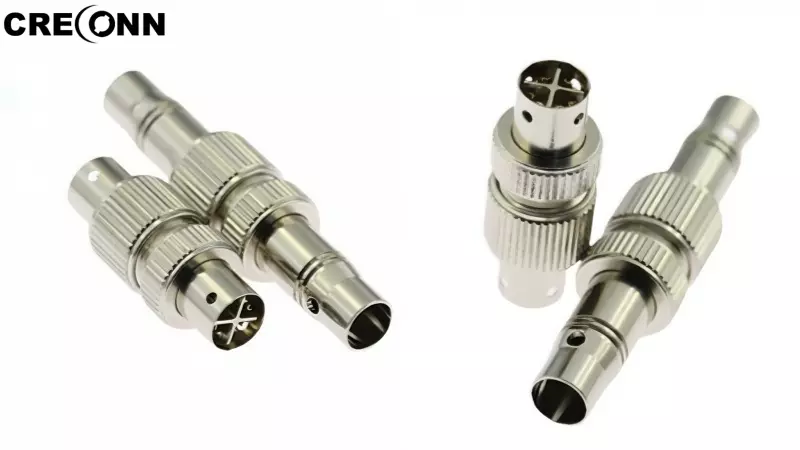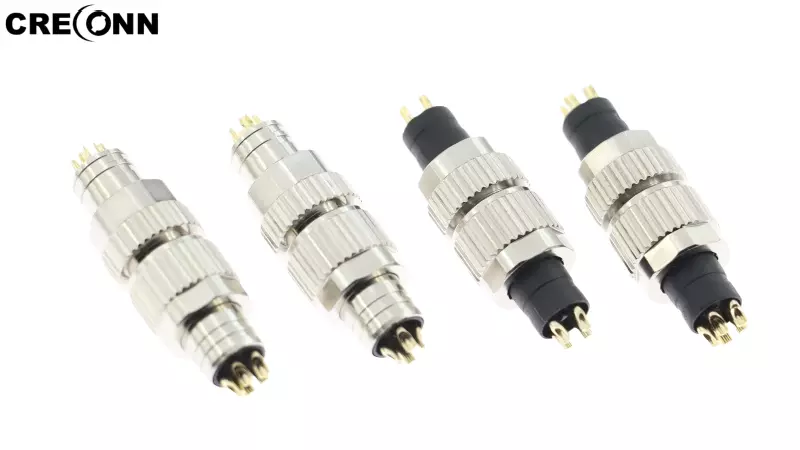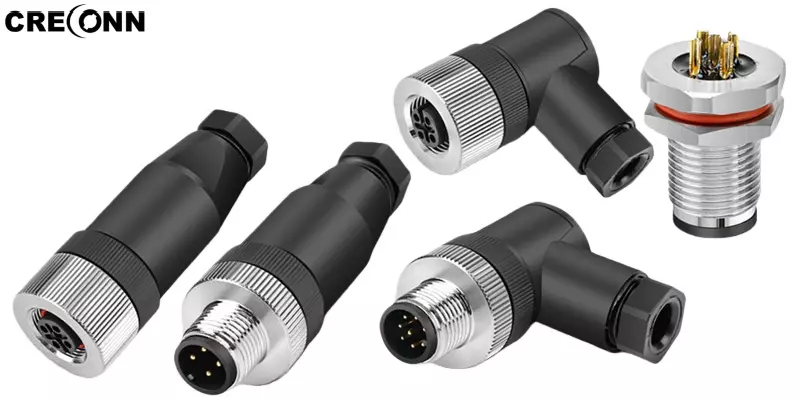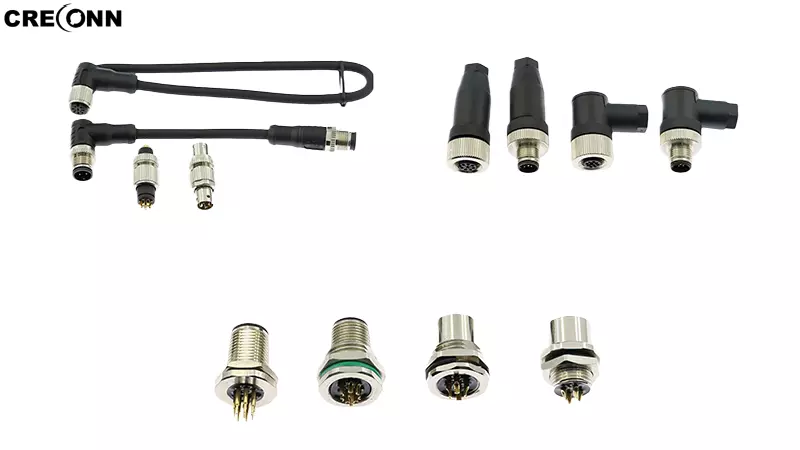How to Choose the Shell Plating Thickness of Industrial Connectors?
How to Choose the Shell Plating Thickness of Industrial Connectors?
When customizing industrial connectors, the thickness of the shell plating directly affects durability, conductivity, and protection. Choosing the right thickness is crucial. This article concisely summarizes the key points to help you accurately match your needs.
1. Core Understanding: Thicker Plating Isn't Necessarily Better
1. Too thick: Prone to tight interface fit, plating cracking, and increased costs.
2. Too thin: Unable to provide effective protection and conductivity.
3. Principle: Match on demand, based on three dimensions: "application scenario, performance requirements, and cost budget".
2. Choose by Application Scenario: Environment Is the Primary Factor
1.1 General Industrial Environment (Dry, non-corrosive scenarios like workshops, equipment rooms)
1. Suitable plating: Conventional plating such as copper-based + nickel layer + tin layer, pure nickel layer.
2. Thickness recommendation: Total thickness 8-15μm (nickel layer 3-5μm, tin layer 5-10μm).
3. Reason: Meets basic conductivity and wear resistance needs with high cost-effectiveness.
1.2 Harsh Environment (Outdoor, chemical, marine, mining and other scenarios)
1. Suitable plating: Corrosion-resistant plating such as zinc-nickel alloy, hard gold, electroless nickel.
2. Thickness recommendation: Total thickness 20-50μm (zinc-nickel alloy ≥25μm, hard gold 10-20μm).
3. Reason: Resists salt spray, acid-base, UV erosion, and extends service life.
1.3 Precision Electronic Environment (Medical equipment, aerospace and other scenarios)
1. Suitable plating: Gold plating, palladium-nickel alloy plating.
2. Thickness recommendation: 5-15μm (gold plating 5-10μm, palladium-nickel alloy 8-15μm).
3. Reason: Meets high conductivity and stability requirements, suitable for miniaturized designs.
3. Choose by Core Performance Requirements: Targeted Matching
3.1 Wear Resistance Requirements (Choose by Plugging Frequency)
1. Frequent plugging (e.g., test equipment, ≥50 plugs/unplugs per day): Thickness ≥15μm, prioritize hard gold (Vickers hardness ≥200HV), nickel-phosphorus alloy.
2. Rare plugging (e.g., fixed internal device connections): 8-12μm conventional plating is sufficient.
3.2 Conductivity Requirements (Choose by Current/Signal Type)
1. High current (new energy charging piles, frequency converters): Copper-based + tin layer 10-15μm, avoid >20μm to prevent reduced transmission efficiency.
2. High-frequency signals (5G base stations, radar): Gold plating 5-8μm, balances signal stability and attenuation.
3.3 Weldability Requirements (Choose by Welding Process)
1. Wave soldering: Tin layer 8-12μm, prevent cold soldering caused by excessive thickness.
2. Reflow soldering (e.g., automotive electronics): Tin layer 5-10μm, avoid solder overflow and short circuits from excessive thickness.
4. Choose by Cost Budget: Balance Performance and Cost-Effectiveness
1. High budget + high reliability (aerospace, medical): 20-30μm thick plating + hard gold/zinc-nickel alloy.
2. Medium budget + general needs (most industrial scenarios): 10-15μm copper-nickel-tin composite plating.
3. Low budget + simple scenarios: 8-10μm basic plating, service life 1-3 years.
5. 3 Key Tips to Avoid Customization Pitfalls
1. Request a plating thickness test report (e.g., X-ray fluorescence thickness gauge test) to verify actual thickness.
2. Pay attention to plating uniformity; deviation of edges, corners, and holes ≤20% to prevent premature failure of weak parts.
3. Choose thickness based on plating material; e.g., 10μm hard gold has similar wear resistance to 20μm tin layer—don't only focus on thickness.
Guangdong Corecon Precision Industry Co., Ltd. specializes in various industrial connector, push-pull self-locking connectors, new energy connectors, M series connectors , waterproof connectors, electric bicycle signal and power connector, and all kinds of wire harnesses. If you have any questions related to the connector industry, please contact us and we will provide you with free, one-stop professional solutions within 24 hours.
